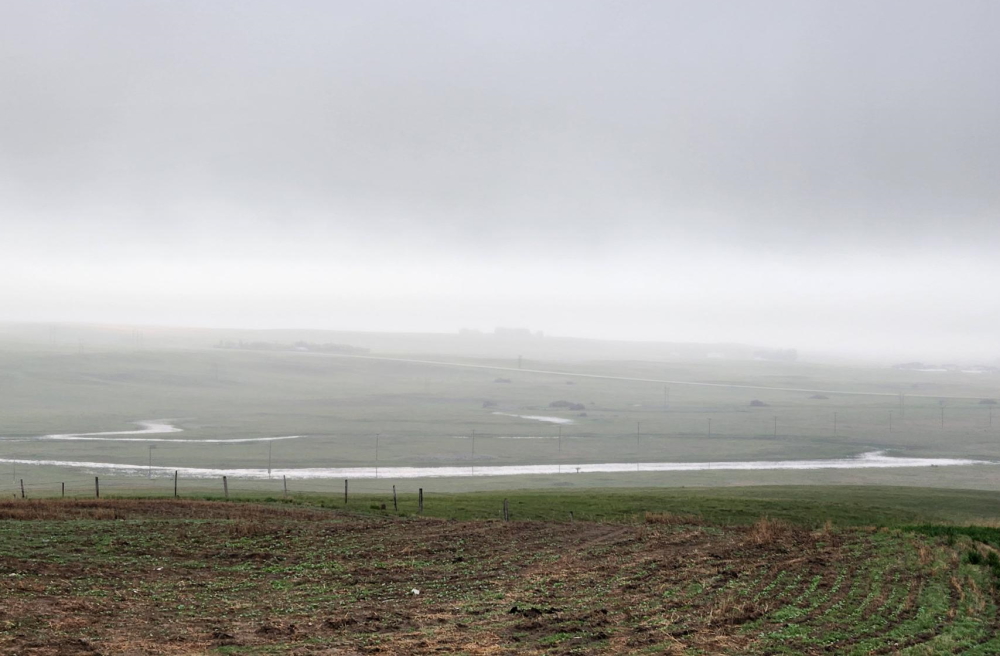Dry conditions in southwestern Saskatchewan have been fairly prevalent since 2017 but perhaps Mother Nature is beginning to change for the good.
According to Swift Current Research and Development Centre data, from 2017-2021 they recorded an average of 310.2 millimetres of precipitation which is well below the 137-year normal of 364.4 millimetres. That five-year stretch is the driest on record since 1984-1988 when the average was 293 millimetres.
Matt Struthers, a crops extension specialist with the Saskatchewan Ministry of Agriculture, said the spring of 2023 could be the beginning of a push out of drought as the region has begun experiencing different weather patterns that include more moisture and cooler temperatures.
"There wasn't so much evaporation and that moisture was able to get into the ground rather than up into the atmosphere," he said. "You need that change, then also you need more frequent rainfalls and we've seen [some] in the last couple weeks here."
Drought can range in the area covered from provincially to as small as a singular field scale. But the majority of the southwest has been under this umbrella since 2017.
"I know there are still many producers in the southwest and parts of west-central who have missed out on these rains or maybe just haven't had the rain they need to really get them out of that," he said. "Right now a lot of those producers are looking for good heavy rainfall, not only for their current crop but also for that soil moisture reserve for future crops."
Reserves in sub-soil at the Swift Current Research and Development Centre remain low.
And a look at the Saskatchewan weekly crop report from yesterday indicates cropland topsoil is 78 per cent adequate across the province. While 75 per cent is adequate for hay and pasture land topsoil.
Drought conditions are normally fuelled by low precipitation amounts and scorching temperatures. But there is a third factor that can be often overlooked, wind.
"It a more windy year, it doesn't matter the precipitation you have if it's really windy and really hot it's going to zap that moisture right out of the ground," he said. "A lot of factors play into it but unfortunately we can't control any of them."
Technology has made it easier for producers to navigate drought with tools like irrigation and enhanced crop breeding.
Crop rotation has also become a larger area of focus to maximize outputs.
"Alternating between a tap-root crop that's going to go deeper in the soil versus a more shallow-rooted crop that's going to look for moisture at the top so that' you're not always tapping down to the 12-inch mark," he said. "You're taking advantage of the moisture that's a little bit shallow or a little bit deeper by alternating your crops."
